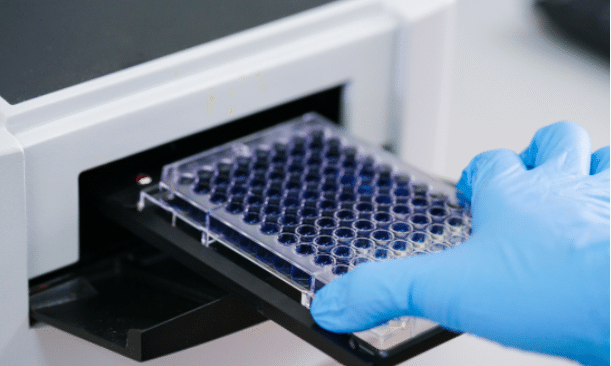Detecting elements at ultra-trace levels demands more than a powerful detector; it requires a method tuned to resist matrix effects, suppress background, and preserve signal through every step. Inductively Coupled Plasma Tandem Mass Spectrometry (ICP-MS/MS) can deliver parts-per-trillion performance, but only when the workflow is optimized, from sample prep to data handling. Below are practical, field-tested strategies to elevate sensitivity while maintaining regulatory-grade robustness.
Practical ways to boost ICP-MS/MS sensitivity
Before chasing lower detection limits, stabilize the system. Then apply the following levers systematically and document each gain to lock in improvements.
Clean chemistry and disciplined blanks.
Sensitivity starts with low backgrounds. Use ultrapure acids, metal-free labware (PFA/PP), and long acid soaks. Run reagent and procedural blanks every batch; track them on control charts. Where carryover is likely (e.g., Hg, B, Ti), apply targeted rinses (acid + complexant) and sufficient washout times to avoid memory effects that erode LODs.
Matrix-aware sample preparation.
Matrix suppression can bury true signal. Choose microwave digestion or gentle dilution to keep total dissolved solids <0.2%. Employ matrix-matched calibration or standard additions for stubborn matrices. Internal standards with similar ionization potentials (e.g., Rh, In, Ir, Bi) correct drift. For the highest accuracy and sensitivity, use isotope dilution when suitable isotopes exist.
High-efficiency introduction and desolvation.
More analyte in the plasma equals lower LODs. Optimize nebulizer type (microflow for low volumes), spray-chamber temperature, and uptake rate. Aerosol dilution or membrane desolvation reduces solvent loading, sharpening ion transmission and cutting oxide/hydride formation, which is vital for elements like As, Se, and rare earths in complex digests and biofluids.
Plasma robustness and interface hygiene.
Tune RF power and gas flows for a robust plasma (stable CeO⁺/Ce⁺ and Ba²⁺/Ba⁺ ratios). Keep sampler/skimmer cones clean and aligned; worn or contaminated cones throttle sensitivity. Use appropriate cone materials for high-salt work to maintain a long-term signal. A stable ion beam reduces noise, improving both LOD and repeatability.

Reaction-cell chemistry and mass-shift optimization.
ICP-MS/MS shines by clearing spectral overlaps. Select He (KED) for broad polyatomic suppression, or reaction gases (H₂, O₂, NH₃) to convert analytes and mass-shift away from interferences (e.g., As⁺→AsO⁺). Tight Q1 bandpass, tuned gas flows, and kinetic-energy discrimination collectively lower background while preserving analyte response—often the single biggest sensitivity win.
Smart isotope and acquisition choices.
Measure the least-interfered isotope with adequate natural abundance. Short dwell times reduce noise on transient peaks, while segmented acquisition focuses counts where the signal exists. Use peak hopping efficiently and avoid oversampling baselines. For ultra-trace work, longer total integration with multiple replicates improves counting statistics without sacrificing throughput.
Online preconcentration and hyphenated separations.
Preconcentration (chelation columns, SPE) enriches analytes and strips the matrix, delivering order-of-magnitude LOD gains. Coupling HPLC/IC to ICP-MS/MS separates species and matrix components, reducing suppression and background simultaneously. In DMPK studies, HPLC–ICP-MS/MS clarifies platinum-drug species or non-radioactive surrogates of radiometals in plasma and CSF at sub-ng/mL levels.
Method controls, drift correction, and rugged QA.
Automated internal-standard addition, bracketed calibration, and periodic verification standards keep sensitivity stable over long runs. Use weighted regressions at low levels and enforce acceptance rules (recoveries, RSD, CCV checks). Document signal-to-noise improvements with each change so gains persist beyond a single batch.
Conclusion
True sensitivity in icp ms ms is earned by stacking marginal gains: cleaner blanks, smarter prep, higher transport efficiency, robust plasma conditions, optimized reaction chemistry, and disciplined QA. Applied together, these strategies push detection limits lower without sacrificing accuracy or uptime. Whether quantifying contaminants in water, trace nutrients in foods, or elemental signatures in DMPK bioanalysis, a methodical, matrix-aware approach turns powerful instrumentation into dependable ultra-trace performance.
